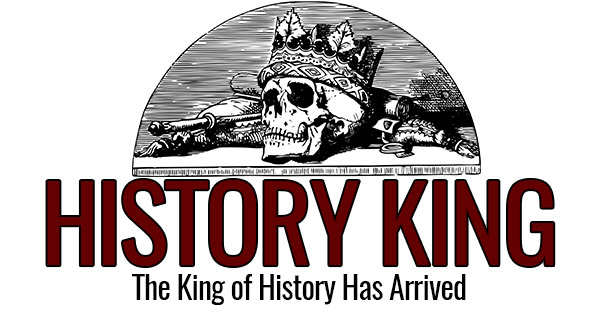
The National Archives offers a variety of resources for researching Native American ancestry. It also lists many other online and printed publications on the subject.
Genealogical research into Indigenous history is different from that of European ancestors. Specialized records can help you identify your ancestor’s tribal affiliation. Start at home by searching for information in newspaper clippings, diaries, letters, and scrapbooks, as well as the backs of photographs.
Censuses and Rolls
A vital source of information about your ancestors, census records can reveal important details about their lives. They tell you where they lived, who was in their household, what kind of work they did, and their age, marriage status, and sex. They can also provide clues to other family history sources, including property deeds, birth and death certificates, and naturalization records.
Because of their wealth of data, census records are among the first places genealogists look when beginning a family history project. But it would help if you kept returning to these vital records because they can contain valuable information missed or overlooked on the first pass-through.
Consider establishing a dedicated research folder on your computer to keep track of your census research and add to it at least every other year. This way, you can follow an ancestor over a decade or more, seeing how their fortunes rose and fell, families moved in and out of houses, and children were born and married.
Census data can be beneficial for tracking Native American records of the ancestors, who often were shuffled from one reservation to another or moved across the frontier when the balance of power shifted in favor of white colonists. The BIA carried out many of these census counts for tribal nations. These documents usually include sex, age, and relationship of people in the household, tribal affiliation, blood quantum, occupation, Indian name, annuity or allotment number, and other demographic data.
Church Records
Church records are an underutilized resource for researchers, especially in the United States. They often predate civil records and can be a great complement to those records. They can contain names and dates and information about family relationships, other relatives, and places of residence.
Several countries have a state church responsible for recording vital events such as births, marriages, and deaths. In the United States, however, church and state were separated until the early 1900s. This means that many ancestors may not appear in church records as they did not attend a specific denomination or the pastor of a particular church did not keep records.
The most crucial step in locating church records is determining which church an ancestor attended. Some churches have a variety of records, while others only have a few documents. It is important to explore each option until a connection is made.
If an ancestor is known to have been a member of a particular tribe, it may be helpful to search the tribal records. However, this is a challenging task. Before starting this research, it is wise to read the Department of Interior Genealogy Guide and other books and guides that address how to do this type of work. It is also a good idea to ask local libraries for resources and guidance.
Indian Enrollment Lists
The National Archives has many resources for tracing Indian ancestry. It has census counts of American Indians on reservations and current rather than historic tribal membership enrollment lists (commonly called rolls). It also maintains other records related to Native American genealogy and history, including special Indian censuses and land allotment records. The National Genealogical Society advertises books on Native American genealogy and offers communication tools for researchers, including a newsletter and a “webring.”
Enrollment lists vary considerably from tribe to tribe, but they typically include the head of the family’s name and his parents, grandparents, aunts, uncles, nephews, nieces, and brothers. They often give ages or birth dates, marriages, land allotment, tribal and band affiliation, and other information. These records can be used to prove a family’s Indian heritage to obtain federal tribal benefits.
Another good source of Indian ancestry information is the Dawes Final Roll, which was created as part of the settlement of the court case brought by the five civilized tribes against the United States government. The Dawes Rolls are the closest thing to a tribal registry of citizens, but they do not include every citizen who lived on a reservation. However, it may be possible to locate an ancestor in the Dawes Rolls even if that person never applied for a citizenship card or was never accepted for enrollment in the five civilized tribes.
Newspapers
Newspapers may seem like black-and-white pages filled with snippets of news, sales ads, and comics, but they can be significant sources of genealogical information. They can tell us about family members who died or were involved in accidents, natural disasters, and other events that affected their lives. They can also give clues about their daily activities, passions, and movements.
To maximize the usefulness of newspaper searches, consider what you already know about your ancestors and how you can use that to narrow your search. For instance, knowing when your ancestor was born can check your search results to only those newspapers published in that period. Similarly, knowing their occupation can help you find specific advertisements or articles about that job.
Several websites have digitized historical newspapers that you can search, but some are subscription-based while others are free. The free sites usually provide a limited number of daily searches, so focus your searches on one person at a time. This will make it easier to keep track of your search results and potential leads for future research.
The Library of Congress has a web page that highlights Native American resources and offers tips for conducting a newspaper search for genealogy purposes. It includes links to information about tribes, a list of agencies with records available for genealogy, a listing of newspapers, and other research tools.
